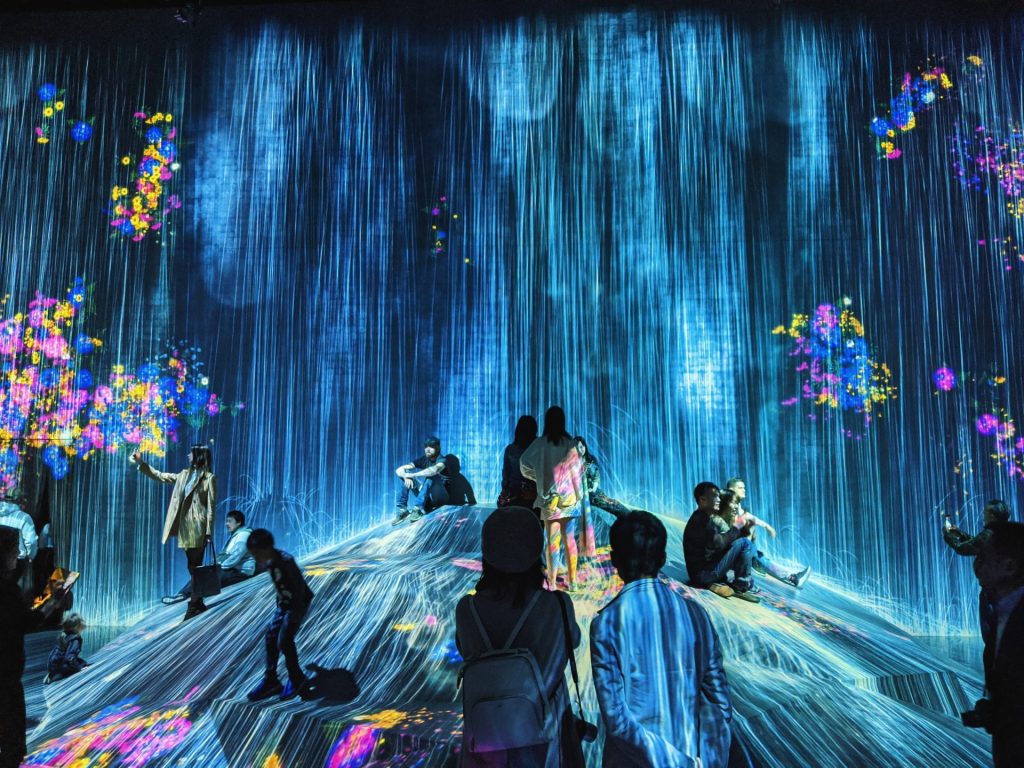The ongoing debate over intellectual property rights and potential threats to the creative industry by AI technologies has generated mixed opinions. Despite fears that machines will replace the need for human-driven creativity, many argue that the fusion of human ingenuity with AI capabilities can yield breakthroughs in artistic expression. In this sense, artists may harness the power of AI to amplify and refine their work, rather than be overshadowed by the emergence of artificially generated content.
AI: Competition or Collaborator?
As AI tools like ChatGPT and Midjourney hint at the limits of computer-generated creativity, artists may perceive AI systems as valuable resources rather than rivals. Collaborating with AI can enable creators to expedite aspects of their work while devoting more time and energy to innovation and artistic nuance. By incorporating AI technology into the creative process, the potential for unprecedented advancements in artistic production becomes increasingly viable.
Adapting to the Age of Artificial Intelligence
Comedy critic Jason Zinoman suggests that the ongoing development of AI systems could prompt creatives to hone their instincts and contemplate the essence of what makes their work uniquely human. Artists may delve deeper into emotional connections and cultural nuances as they set out to distinguish their work from AI-generated content. Consequently, the surge in AI technology may inspire richer, more intricate, and personalized performances that encapsulate the truly distinct talents of human artists.
Learning from the Past: Embracing Technological Advancements
Historical innovations like electronic synthesizers and photography have not quelled human ingenuity; in fact, they have often served as catalysts for creative expansion. AI-generated works also demand significant human input, implying that the technology may function as a powerful collaborator rather than a suppressor. As AI develops and becomes increasingly accessible, artists are likely to discover new manners of engaging with the technology, setting the stage for a flourishing partnership between human creativity and AI.
Legal Implications for the Future of Media
The legal landscape concerning AI-generated content is expected to witness ongoing turmoil, with disputes over intellectual property rights, accountability, and censorship becoming more widespread. As AI permeates media production and distribution, the need for a unified legal framework that encompasses the myriad challenges and opportunities presented by AI will be crucial. Stakeholders, including creators, publishers, and regulators, must collaborate to construct a comprehensive system that addresses these vital concerns.
Compensation and Accountability in the AI Era
A central focus of the IP debate is the question of artist compensation when AI systems are trained on copyrighted material. Some argue for minimal acknowledgement of the artists’ roles, while others support the notion that intellectual property rights warrant fair recompense. This discussion raises key issues regarding the future of artistic integrity, remuneration, and the distinction between human creativity and machine-generated content.
Exploring the Depths of AI Learning and Evolution
AI systems, in their quest to understand language and culture through digital resources, engage with and learn from the world in a manner akin to human beings. Many experts posit that AI is not only learning from these resources but is also adapting and evolving at an incredible pace. Given this rapid progression, urgent questions arise regarding the role and responsibility of AI in society, as well as the potential influence on human growth and development. Ultimately, navigating an era of unprecedented technological advancement necessitates the careful consideration of countless factors, in order to craft a future that harmoniously embraces the potential of both human and artificial intelligence.
Frequently Asked Questions
Is AI a threat to human-driven creativity?
Many experts argue that AI is not a threat but a valuable resource for creators. By combining human ingenuity with AI capabilities, artists can amplify and refine their work, leading to breakthroughs in artistic expression.
How can artists adapt to the age of artificial intelligence?
Artists can hone their instincts and explore emotional connections and cultural nuances in order to distinguish their work from AI-generated content. Delving deeper into these aspects can lead to richer, more intricate, and personalized performances.
Will AI suppress human creativity, as some people fear?
Historically, new technological advancements have often served as catalysts for creative expansion. AI-generated works still require significant human input, suggesting that AI can function as a powerful collaborator rather than a suppressor of creativity.
What are the legal implications of AI-generated content?
Disputes over intellectual property rights, accountability, and censorship will become more widespread as AI technology evolves. Creating a unified legal framework to address these challenges will require collaboration among creators, publishers, and regulators.
How should we address compensation and accountability in the AI era?
The IP debate revolves around whether artists should be acknowledged and compensated when AI systems are trained on copyrighted material. Crafting a balanced approach to artistic integrity, remuneration, and distinguishing between human and machine-generated content is essential.
How does the learning and evolution of AI systems shape their impact on society?
AI systems are rapidly learning from digital resources, raising questions about their role and responsibility in society and their influence on human growth and development. Navigating this era requires a careful consideration of both human and artificial intelligence potentials.
First Reported on: nytimes.com
Featured Image Credit: Photo by JÉSHOOTS; Pexels; Thank you!




























